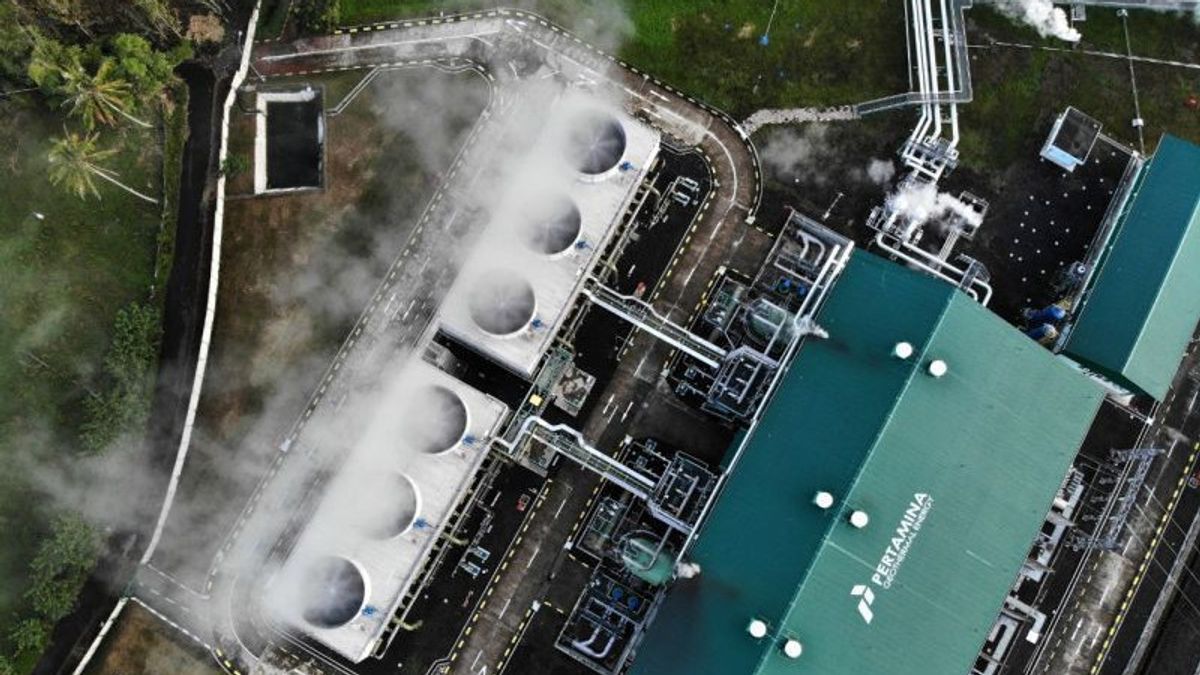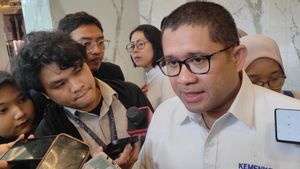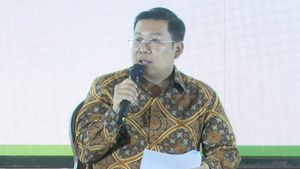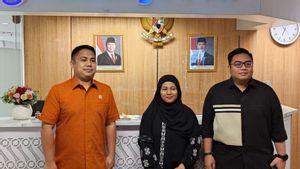JAKARTA - Director General of New, Renewable Energy and Energy Conservation (EBTKE) of the Ministry of Energy and Mineral Resources Dadan Kusdiana expects geothermal power plants (PLTP) to be one of the priorities in replacing fossil energy as well as achieving net zero emissions (NZE) or zero carbon emissions in Indonesia.
According to him, geothermal is one of the renewable energy sources that can be a base load in the electricity system with a high capacity factor, which is above 95 percent.
"Moreover, PLTP is a renewable energy that has low emissions, is not affected by the weather, and is more stable against the effects of fluctuations in fossil fuel prices," said Dadan in Jakarta, Thursday, August 4.
Dadan revealed that PT Pertamina Geothermal Energy (PGE), part of the Subholding Power & New Renewable Energy PT Pertamina (Persero), is a business entity that is one of the engines of geothermal development.
Moreover, he said, PGE has good experience in geothermal development in the country with the support of qualified HR competencies and adequate funding.
"Geothermal activities are, in principle, very low-emissions, so that with 672 megawatts (MW) of installed capacity operated by PGE itself, it has indirectly contributed to the achievement of the NZE announced by the government," continued Dadan.
Dadan said in the 2021-2030 RUPTL the target for PLTP development was 3,355 MW. The government is actively monitoring the construction of geothermal power plants that are included in the RUPTL list.
"We also facilitate if there are obstacles that have the potential to affect the COD schedule (commercial operation) of each of the PLTPs in question," he said.
Based on data from the Ministry of Energy and Mineral Resources, the total geothermal resources in Indonesia reached 23.7 GW or second only to the United States.
However, according to Dadan, these resources must first be ascertained with a series of geothermal exploration activities to ensure proven reserves so that they are ready to be used sustainably for a long period of more than 30 years.
The geothermal exploration stage is the stage that has the most high risk because the exploration success ratio is approximately 50 percent.
He explained that the government is trying to accelerate the development of geothermal power plants through a government drilling program for several geothermal potential areas in Indonesia in the form of exploration drilling to improve data quality or accuracy before geothermal areas are offered to business entities.
In addition to exploration, many challenges in developing geothermal energy in Indonesia are also quite a problem in the field, including some geothermal prospect areas located in conservation forest areas and Tropical Rainforest Heritage of Sumatra (TRHS).
The next challenge is the cost efficiency of developing geothermal power plants to increase the competitiveness of geothermal electricity prices.
Currently, NRE technology is getting cheaper so that PLTP projects must also be able to remain competitive with other NRE plants. Another problem is geothermal reserves which are proven not to be in accordance with the planning and limited local electricity demand.
"Not to mention other challenges such as social issues and licensing. At some PLTP project locations there is community resistance," said Dadan
The English, Chinese, Japanese, Arabic, and French versions are automatically generated by the AI. So there may still be inaccuracies in translating, please always see Indonesian as our main language. (system supported by DigitalSiber.id)













